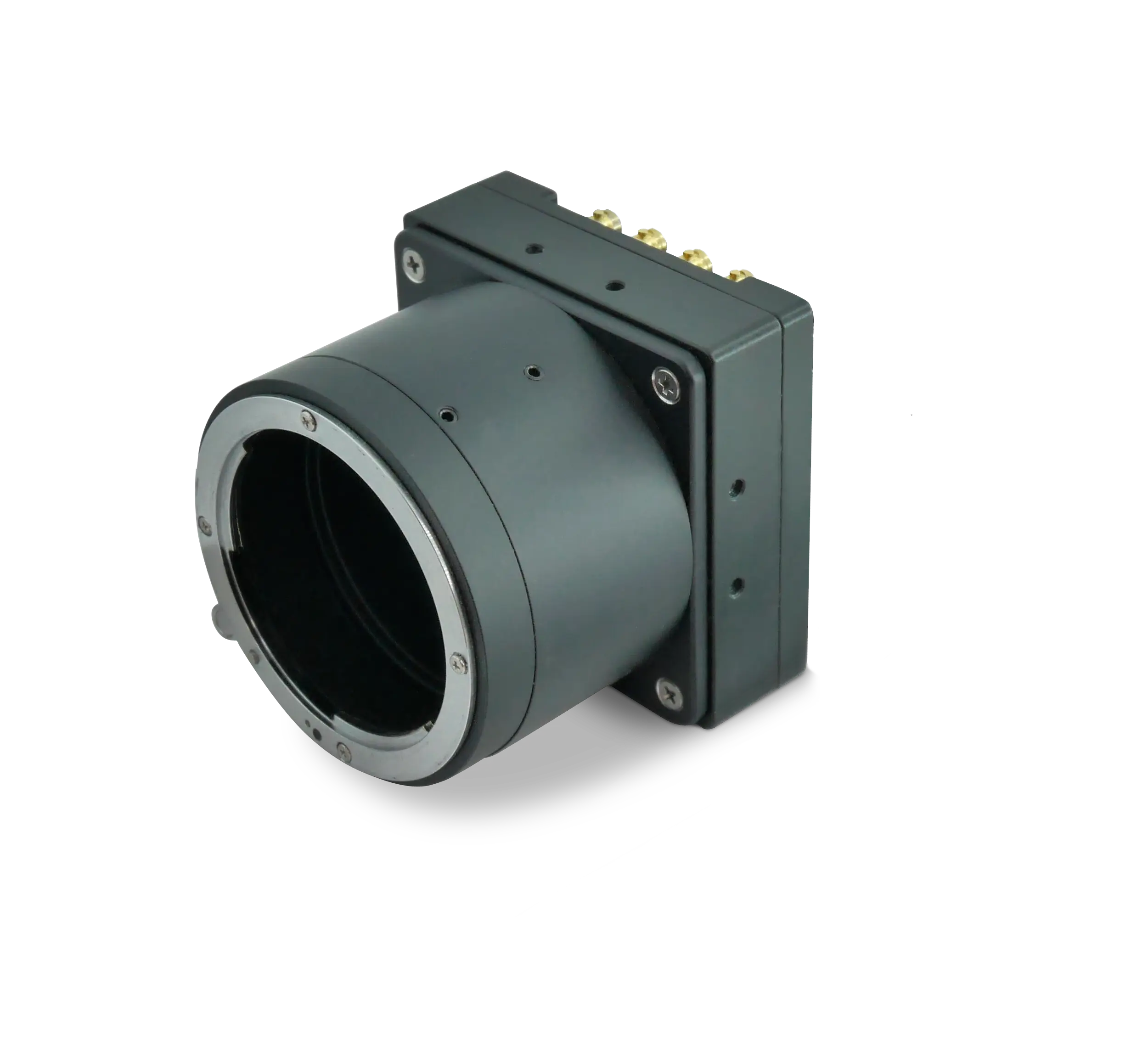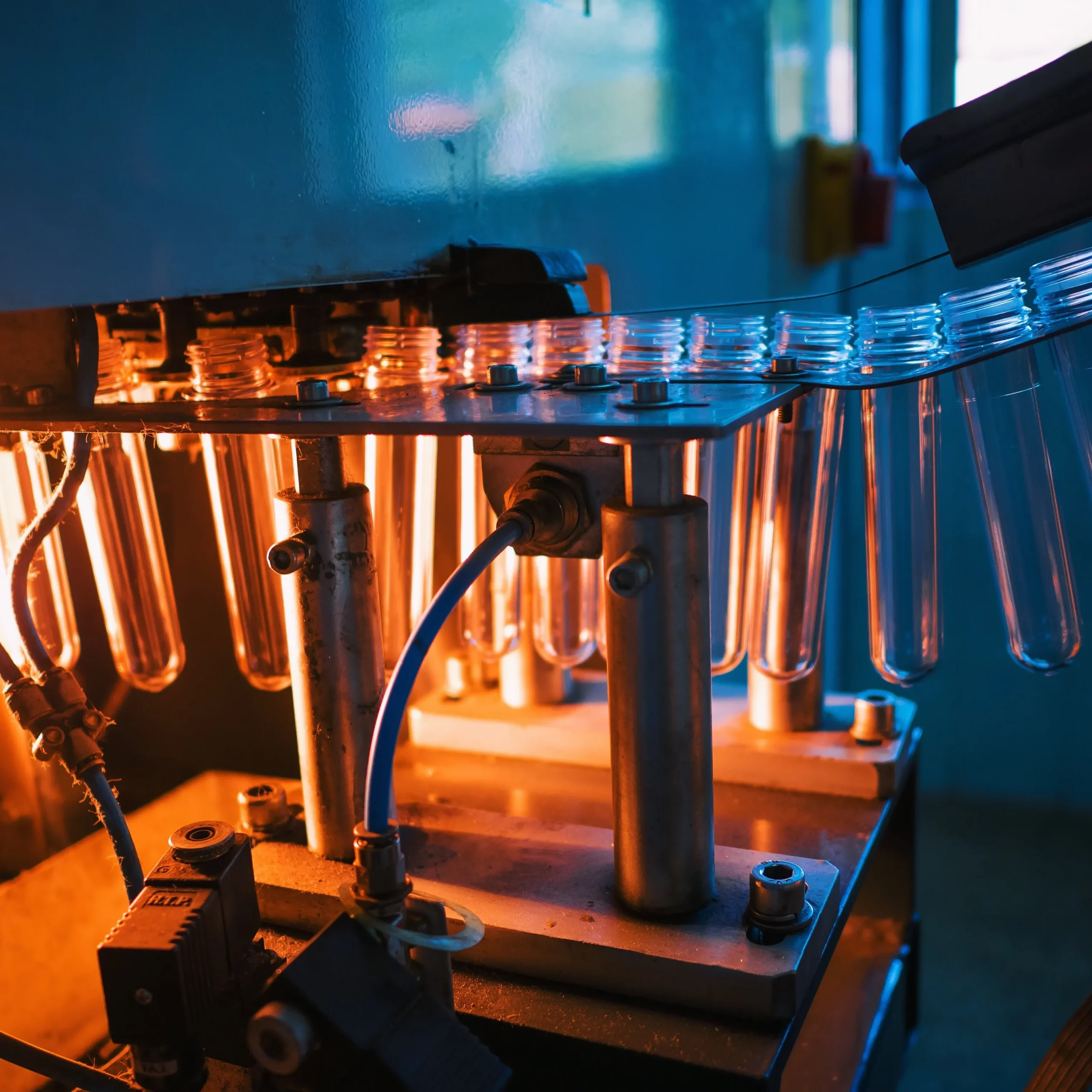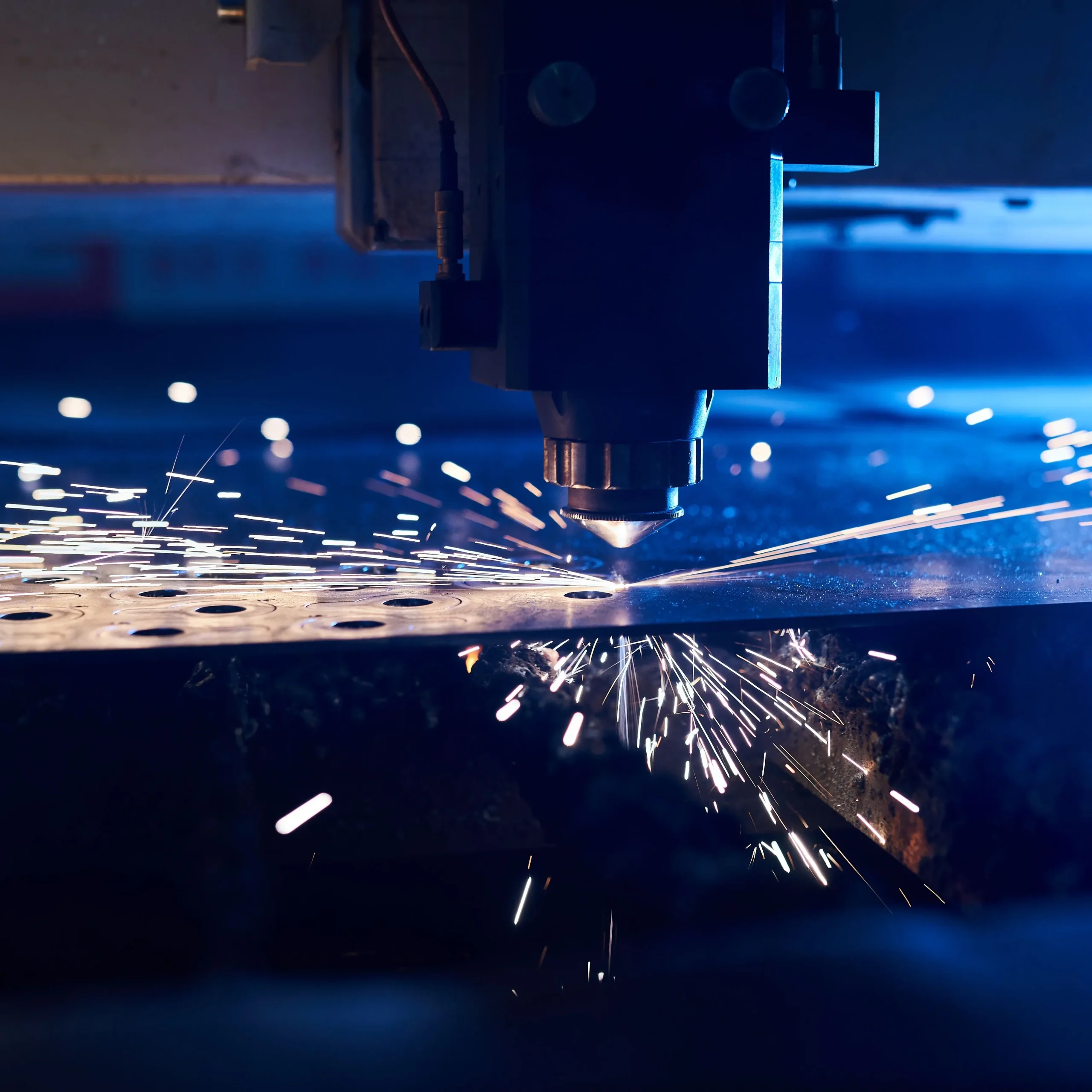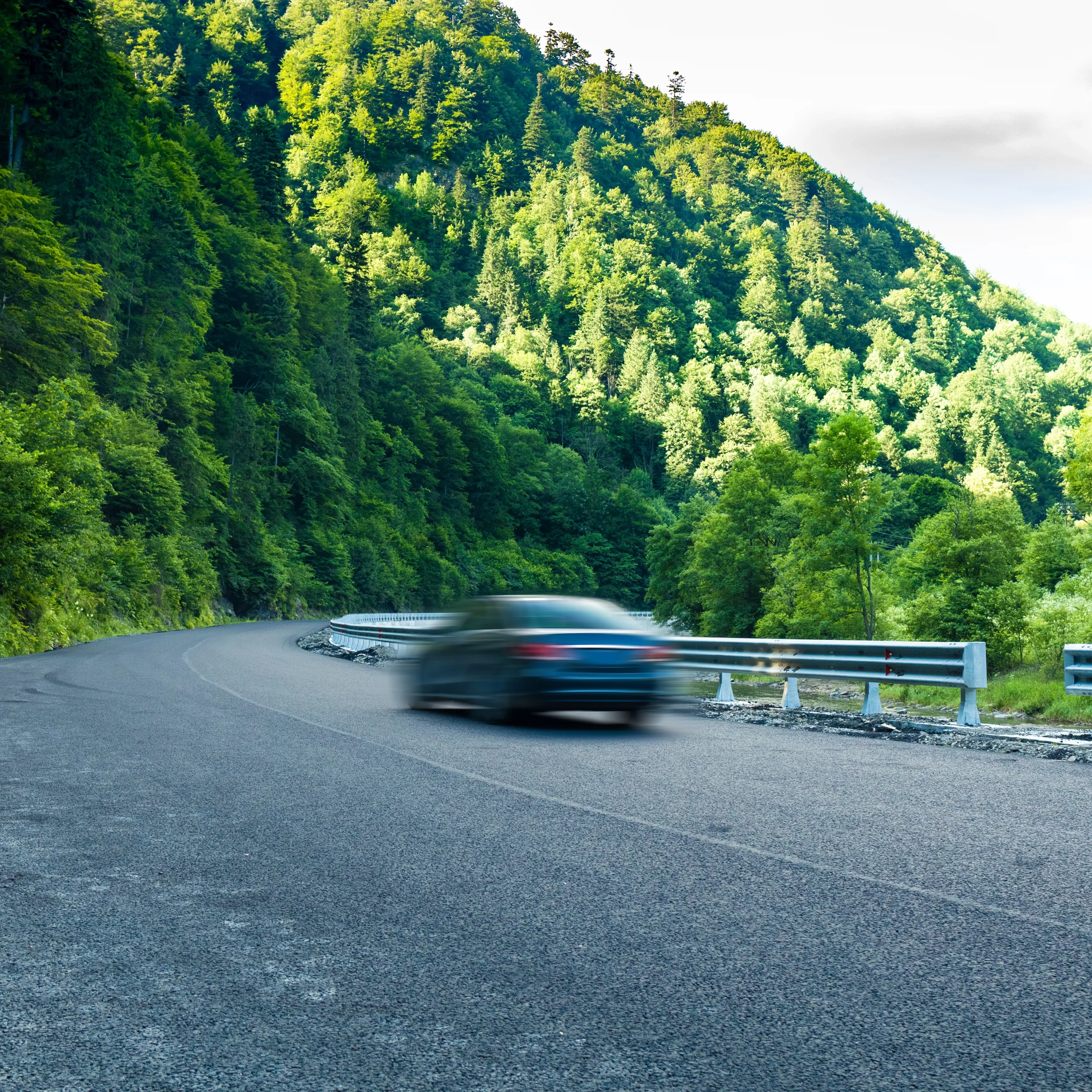The promise of digitized factories and zero-defect manufacturing depends on one critical component: the high-speed machine vision camera. When parts move along a conveyor at several meters per second, a single missed defect can cascade into expensive recalls and down-time. KAYA Vision’s portfolio of OEM cameras—most notably the Zinc 661 PCIe, Iron 4600, and Iron 2011E—has been engineered specifically to meet these demanding industrial inspection imaging needs while maintaining attractive total cost of ownership. This article walks through the key specifications that matter, the trade-offs every integrator faces, and how to calculate the true return on investment (ROI) of a camera choice.
Why Speed Matters in Industrial Inspection Imaging
Throughput is the heartbeat of a modern production line. Whether you are inspecting solder joints on a PCB, verifying fill levels on beverage bottles, or measuring dimensions on high-tolerance machined parts, image acquisition and data transfer must keep pace with the line speed. A high-speed machine vision camera captures sharp, blur-free images at frame rates that can exceed hundreds of frames per second. KAYA OEM cameras address this requirement via two complementary interface strategies:
- PCIe direct connection to a host PC, as seen in the Zinc 661 PCIe and Zinc 3265 PCIe, eliminates frame grabbers, reduces latency, and leverages the high bandwidth of Gen 3 lanes.
- CoaXPress (v2.1 on the flagship Iron 4600 and v2.0 on the ultra-fast Iron 2011E) delivers deterministic triggering and long cable lengths without sacrificing bandwidth.
Choosing between these interfaces hinges on layout constraints and existing infrastructure, but the common goal remains: guarantee that every product gets captured and analyzed in real time.
Resolution Versus Field of View
High resolution is often conflated with better inspection, yet the optimal pixel count is application-specific. For expansive web inspection, the 13 400 × 9 528 sensor in Zinc 661 PCIe provides a 128-megapixel canvas, enabling a single camera to cover the full width of a textile or lithium-ion electrode. Conversely, small components such as chip resistors demand microscopic precision, where the 2-megapixel Iron 2011E paired with high-magnification optics outperforms because of its 6.5 µm pixel pitch and 513 fps burst rate. Integrators should begin by mapping the required field of view (FOV), then determine the pixel-per-defect threshold. KAYA Vision’s diverse lineup ensures one does not pay for unused pixels nor compromise on critical detail.
Global Shutter, Rolling Shutter, and Motion Artifacts
For moving targets, shutter technology is pivotal. Zinc 661 PCIe and Iron 2011E employ global shutters that expose the entire sensor simultaneously, freezing motion even at exposures of just a few microseconds. The Iron 4600’s rolling shutter achieves a remarkable >90 dB dynamic range, beneficial in scenes with uneven lighting, yet demands strobe synchronization to avoid artifacts at peak line speeds. KAYA Vision provides GenCam-compliant APIs to fine-tune exposure, gain, and strobe timing so that integrators can match shutter behavior to motion profiles without writing low-level driver code.
Sensitivity and Lighting Economics
Lighting is a major cost center for inspection stations. A camera with higher quantum efficiency (QE) and lower temporal noise can achieve the same signal-to-noise ratio (SNR) under less intense illumination, cutting LED array costs and energy usage. The Iron 4600’s >84 % QE means most photons are converted to signal, while the Zinc 3265 PCIe’s sub-2.3 e- noise floor makes it ideal for reflective metal surfaces where glare management limits light intensity. When calculating ROI, factor the recurring savings from reduced lighting power and the extended lifetime of cooler LEDs.
Data Throughput and Host Processing
Capturing images is only half the story; moving them to the processing unit without bottlenecks is equally crucial. Zinc 661 PCIe streams 21.5 fps of 128-MP data directly into GPU memory, enabling immediate deep-learning inference. Iron 2011E’s single-cable CoaXPress link supports up to 12.5 Gbps (CXP-12), yielding more than 1 GB/s sustained throughput—well suited to FPGA-based real-time classification. Because KAYA OEM cameras support region-of-interest (ROI) readout and on-camera binning, integrators can reduce data volume at the source when only sub-sections of the sensor are needed, balancing accuracy with computational load.
Mechanical and Environmental Resilience
Industrial floors are unforgiving: vibration from stamping machines, temperature swings near furnaces, and airborne particulates demand robust hardware. All three highlighted KAYA cameras undergo MIL-STD-810G shock and vibration testing and are offered with optional IP67 protection. The Zinc 661 PCIe’s 1.6 Mhr MTBF and Iron 4600’s 2.1 Mhr MTBF translate into fewer unexpected stoppages. For food and beverage plants that wash down equipment daily, pairing an IP67 tube with an M72 or F-mount lens maintains hermetic sealing while retaining optical alignment thanks to KAYA’s active sensor alignment process.
Trade-Off Analysis: Cost per Detectable Defect
Integrators often compare cameras on unit price alone, but the smarter metric is cost per detectable defect. This value equals the total system cost divided by the annual number of defects reliably caught. A high-speed machine vision camera with higher resolution might cost 20 % more, yet if it raises defect detection from 95 % to 99.5 %, scrap reduction and warranty savings typically repay the premium in months. Spreadsheet modeling reveals that, for electronic assembly inspection running 24 × 7, the Zinc 3265 PCIe pays back in under eight weeks compared to a lower-priced HD camera when the avoided rework labor is included.
Evaluating Compatibility with Software Ecosystems
The value of hardware is unlocked by software. All KAYA OEM cameras ship with a GenCam XML file and SDKs for Windows and Linux, simplifying integration with HALCON, OpenCV, and TensorRT. This open architecture preserves past software investment while allowing migration to future sensors. For example, upgrading from Iron 2011E to Iron 4600 for higher resolution entails minimal code changes—an important soft cost consideration in ROI calculations.
Power Budget and PoCXP Considerations
Power over CoaXPress (PoCXP) makes wiring neat by combining data and power on the same cable. The Iron 4600 consumes less than 11 W, well within PoCXP limits, enabling fan-less, compact enclosures. For PCIe cameras like Zinc 661 PCIe, external 11–28 V supplies are used, but consumption under 20 W ensures the overall cabinet cooling requirements remain modest. Lower power equates to reduced HVAC expenses, a line item frequently overlooked during project justification.
Security and Data Integrity
Counterfeit or tampered images can undermine quality metrics. KAYA Vision embeds frame counters, operational time stamps, and CRC checksums in each image header. On secure production lines, integrators can use the configurable GPIO on cameras such as Iron 2011E to tie image capture to tamper-evident enclosure switches, ensuring that any access event becomes traceable in the manufacturing execution system (MES).
Calculating Total ROI: A Practical Framework
1. Define baseline defect cost: Gather scrap, rework, and warranty data.
2. Estimate detection improvement: Benchmark candidate cameras—Zinc 661 PCIe, Iron 4600, Iron 2011E—on sample parts.
3. Factor operating expenses: Lighting power, cooling, maintenance downtime, and software engineering hours.
4. Compute payback: (Annual savings – operating expenses) / capital investment.
Applying this framework, a Tier 1 automotive supplier documented a 15-month payback after switching legacy CCDs to Zinc 661 PCIe units, primarily from reduced false rejects and lower LED drive currents.
Checklist for Selecting a KAYA OEM Camera
- Line speed and required frame rate
- Minimum defect size and corresponding pixel resolution
- Lighting conditions and desired SNR
- Available interface—PCIe or CoaXPress—and cable length
- Environmental exposure: vibration, temperature, wash-down
- Budget for software integration and future scalability
Armed with this checklist and an understanding of the trade-offs, engineers can confidently select the right high-speed machine vision camera for any industrial inspection imaging task. The Zinc 661 PCIe excels in ultra-high-resolution web inspection, Iron 4600 offers a balanced mix of speed and dynamic range, and Iron 2011E dominates in extreme-frame-rate scenarios where microsecond exposures are mandatory. Because all three belong to the same KAYA OEM camera family, they share driver stacks, accessories, and long-term supply commitments—key elements in securing both technical success and financial ROI.
